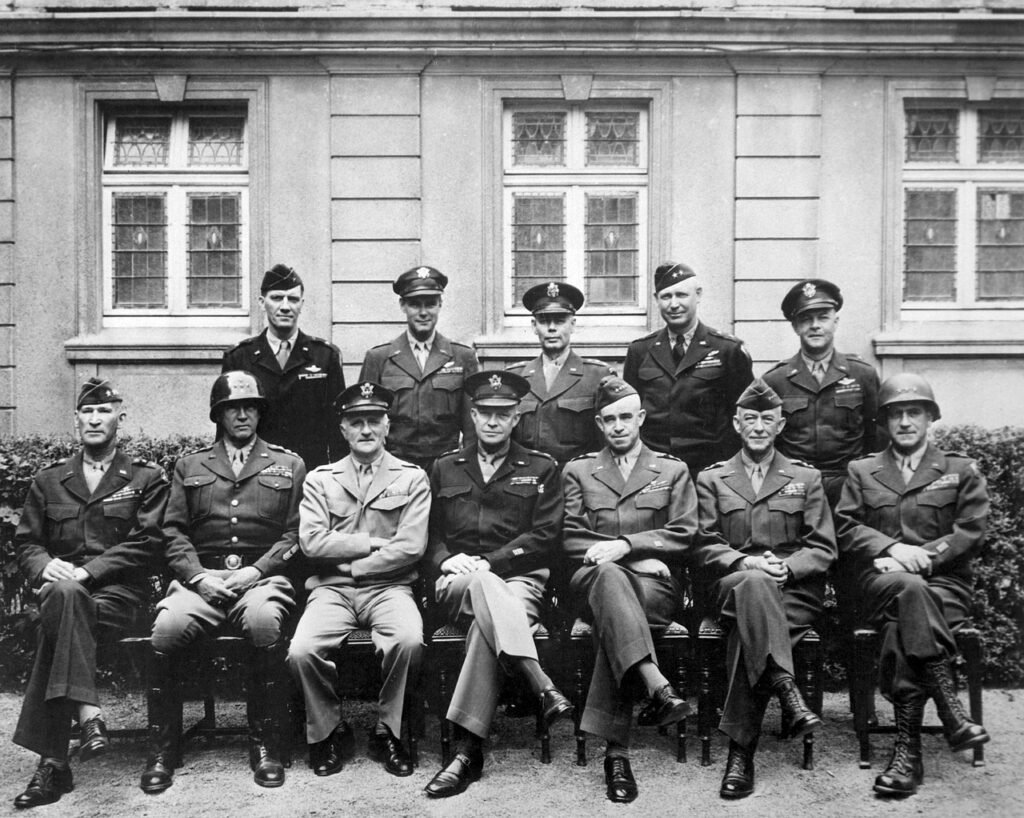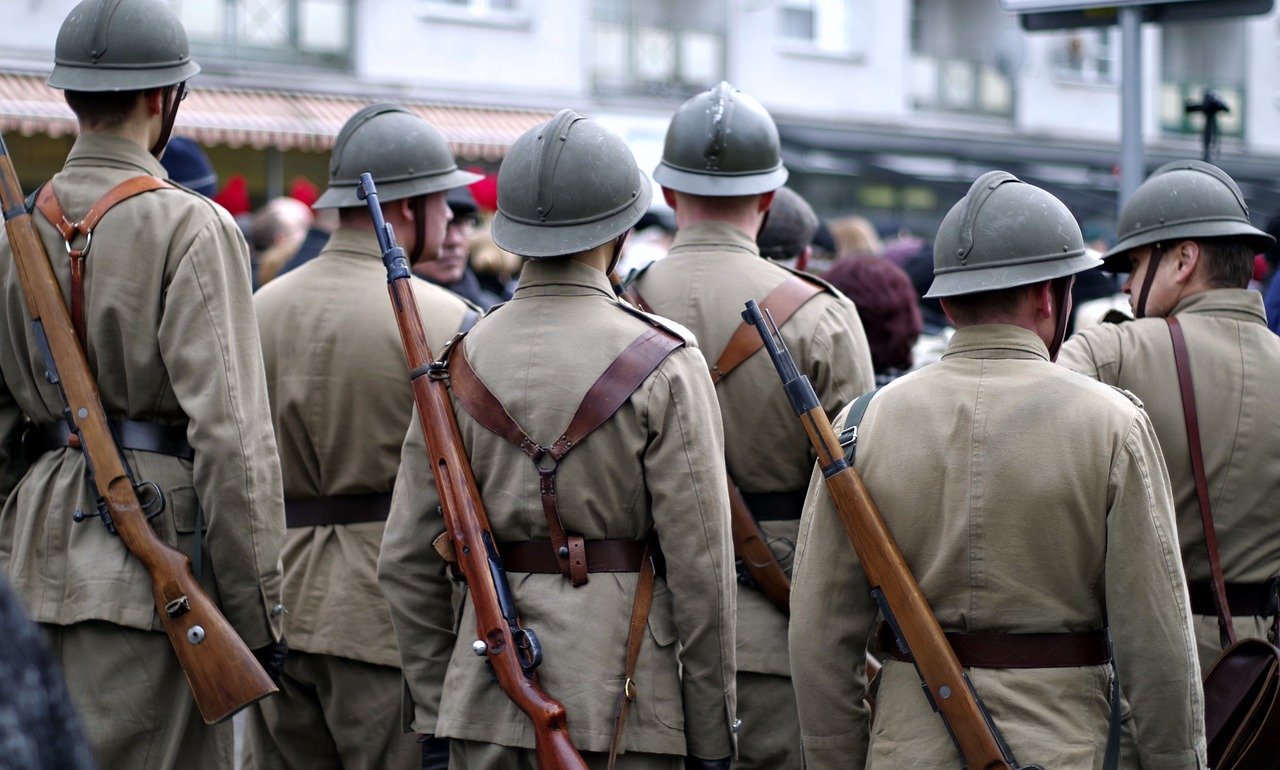Which raged from 1939 to 1945 and gained notoriety. As the bloodiest and most extensive combat in human history. Driven by ideological conflicts, territorial aspirations. Political tensions, most of the world’s nations took part in the war. Which changed political landscapes and the path of history. This article explores the complexities of World War II. Including its causes, significant occurrences, important figures, and long-lasting effects on society.
1) History Of the reasons behind World War II

Treaty of Versailles:
The Treaty of Versailles, which imposed harsh conditions on Germany following World War I, fueled resentment and created the conditions for more hostilities.
Rise of Totalitarian Regimes:
The war was mostly initiated by expansionist dictators like Adolf Hitler in Germany. Benito Mussolini in Italy, and Hideki Tojo in Japan.
Expansionist Policies:
Tensions in Europe and Asia increased as a result of Germany, Italy, and Japan’s aggressive territorial ambitions. The European War I broke out in 1939 with Germany’s invasion of Poland.
2) Important Occasions
Poland invasion (1939):

The European theater of World War II began when Germany invaded Poland, prompting war declarations from Britain and France.
Blitzkrieg and the Fall of France (1940):
Britain emerged as the final significant Allied power in Western Europe when Germany’s lightning-fast military tactic, known as Blitzkrieg, quickly defeated France.
Battle of Britain (1940–1941):
By effectively repelling German air strikes, the Royal Air Force prevented a crucial turning point in the war.
Operation Barbarossa (1941):
The Eastern Front, one of the biggest and bloodiest theaters of the war, resulted from Germany’s invasion of the Soviet Union.
3) Pearl Harbor, 1941:
The United States entered the war as a result of Japan’s unexpected attack on the American naval station there. The greatest amphibious assault in history, D-Day and the Allied Invasion of Normandy (1944), signaled the beginning of the end for German occupation in Western Europe.
This Soviet victory at Stalingrad (1942–1943) was a crucial battle on the Eastern Front and a turning point in the Allies’ favor. The Allies’ plan to retake important Pacific islands drew them closer to Japan and undermined the Japanese military during the Pacific Island-Hopping Campaign (1943–1945).
4) Conclusion and Repercussions:
Battle of Berlin (1945):
The war in Europe came to a conclusion when the Soviet Union captured Berlin, hastening Germany’s surrender in May 1945. The United States launched atomic bombs on the Japanese cities of Hiroshima and Nagasaki in 1945, which resulted in Japan’s unconditional surrender and the end of World War II. International law was founded during the 1945–1946 Nuremberg Trials, which saw the prosecution of well-known war criminals for crimes against humanity.
5) Effect on the World
United Nations:
When the organization was founded in 1945, its goals were to promote international cooperation and prevent new wars.
Cold War:
The organization was established in 1945 with the intention of encouraging global collaboration and averting further hostilities.
Decolonization:
As European empires fell apart and numerous countries gained their independence, the war hastened this process.
Holocaust:
Six million Jews perished in the systematic murder carried out by the Nazis, which also influenced post-war debates on human rights.
In summary
A turning point in human history, World War II altered the geopolitical environment and had a long-lasting effect on cultures all across the world. Millions of people have sacrificed their lives in this struggle, and it is a sobering reminder of the necessity of international cooperation and the pursuit of peace in the face of hardship.

